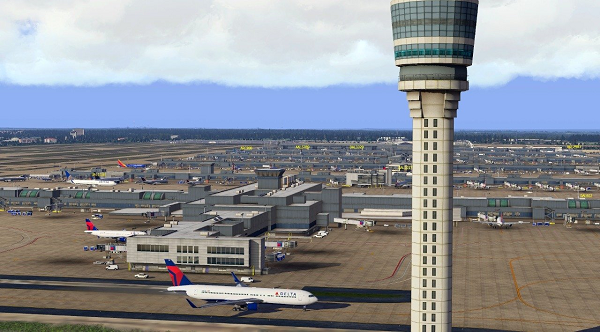
Welcome
We are glad that you have decided to fly out of Honolulu today. The Daniel K. Inouye International Airport is Hawaii's largest Airport. At HCF, we do our very best to simulate real-world operations and air traffic control. Thanks for your interest and help in creating a great simulation environment!
Connecting to the network
HNL can be a busy airports in VATSIM. When connecting your simulator at Honolulu, you should first determine where to spawn your aircraft. Take a look at the ramp status map below so you don't connect on top of another aircraft!
Live HNL gate status
- Terminal 1:
- Hawaiian Airlines
- Terminal 2:
- All other airlines
- Terminal 3:
- Mokulele Airlines
Who should I talk to?
Controllers come and go on VATSIM and unlike the real-world, staffing in control positions is not consistent throughout the day. It can be complicated to figure out who you should talk to! Similar to real-world facilities, we use the “top-down” control method, where higher facilities controller lower ones when the lower facility is not staffed. Here are a couple of examples:
You are departing from HNL. Honolulu Clearance Delivery is not online, but HCF Approach is online. Approach is performing the duties of clearance delivery, ground, tower, and approach at HNL.
You are departing from HNL. Honolulu Tower and HCF Center are the only controllers logged in. You will talk to Honolulu Tower for clearance delivery, ground, and tower. You will talk to HCF Center for approach and enroute services.
Current ATC staffing at Honolulu:
|
|
|
|
|
||
|---|---|---|---|---|---|
|
|
If more than 1 tower controller is online at HNL, you should call the controller on the frequency provided by ground.
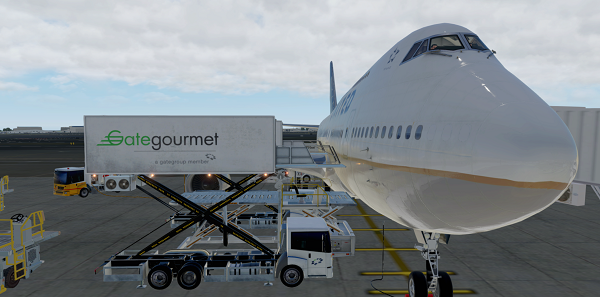
Filing a flight plan
All IFR operations at HNL require a flight plan on-file. We highly recommend that all VFR operators file flight plans. If you cannot file a flight plan, a controller will assist you (workload depending).
IFR flight plans should file an appropriate RNAV standard departure procedure. For aircraft that are not RNAV-capable, file the HNL2 departure.
Receiving a clearance
After filing a flight plan, you should receive your clearance from ATC via a PDC. If you have not received a clearance after a reasonable amount of time, you should call OFFLINE on OFFLINE and request your clearance.
Example: Honolulu Clearance, Delta 1234 clearance to Kahului ready to copy.
Aircraft with CPDLC capabilities should expect to receive a computerized pre-departure clearance from ATC. Because ATC sends this type of clearance directly to your aircraft, a read back is not necessary.
Aircraft without CPDLC should expect an abbreviated or full-route clearance from ATC. When calling for your clearance, be prepared to write it down. Some pilots write the letters C-R-A-F-T vertically on a sheet of paper to assist in copying a clearance as read by ATC. After issuing your clearance, ATC expects you to reply with at least your callsign and squawk code to confirm that you copied the information correctly. At your discretion you may readback your entire clearance to verify information was copied correctly. If you have questions about your route of flight, you should ask clearance delivery. Voice clearances may not include an altitude or departure frequency. In this case, use the information published on the appropriate departure procedure chart.
You should listen to ATIS at this time. The ATIS provides important information regarding weather and NOTAMs at the airfield.
Take the time now to ensure that your FMS or GPS flight plan matches the clearance that ATC issued to you. Your departure runway is determined by the standard instrument departure (SID) that you were issued, your requirements for takeoff, and your parking location on the airfield. Here is a guide to determine your departure runway:
- East Ops: Departure Runways 8L/R, 4R
- West Ops: Departure Runways 22L, 26R
- Heavy Aircraft have to take off from 8R during East Ops and from 26R or 22L during West Ops.
- If parked at the Terminals or North Cargo, you should expect runway 8L/26R or 22L for departure
- If you are departing from the GA ramp/Signature or the south cargo ramp, you should expect runway 8R or 4R for departure.
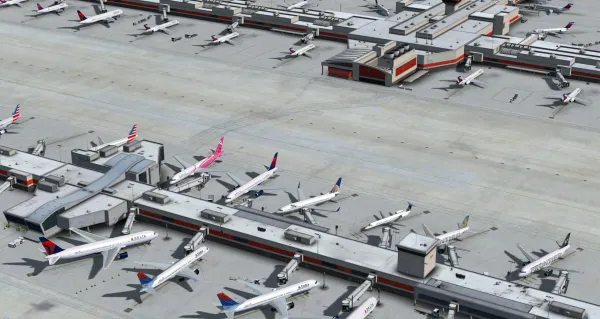
Push & Start
HNL does not simulate ramp control except during Events. During non-event periods, push and start clearances are at your discretion and do not require ATC clearance. Do not call ground for push/start unless the ATIS or your PDC advises you to do so.
Exception: If you must push onto an active taxiway, you are required to call OFFLINE on OFFLINE and request clearance to do so.
Make sure that you push the correct direction!
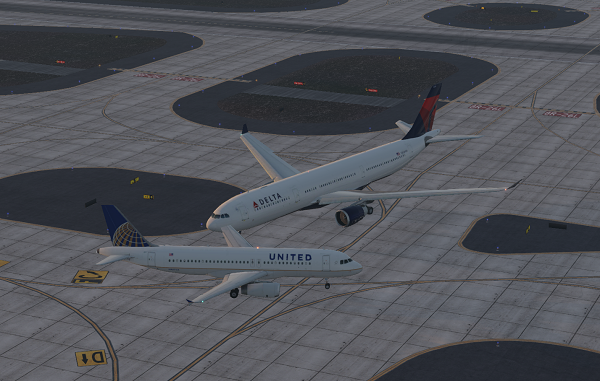
Taxi
Check ATIS one more time prior to calling for taxi to ensure that nothing has changed. Ensure that your transponder is on with the correct squawk code entered and in altitude mode. Taxi to the edge of the ramp and call OFFLINE on OFFLINE. Inform the controller of your ramp location (see airfield diagram) and provide them with the ATIS code.
Example: Honolulu Ground, Delta 1234 on L holding short A with A.
The controller will respond with taxi instructions to a runway. You should have an airfield diagram available so you can follow the precise route given to the runway. If you are not assigned a runway intersection, you should taxi to the hold point at the end of the runway. If you are assigned an intersection, make sure that you hold at the intersection. Note: intersections that are within 500 feet of the end of the runway are considered full-length departures.
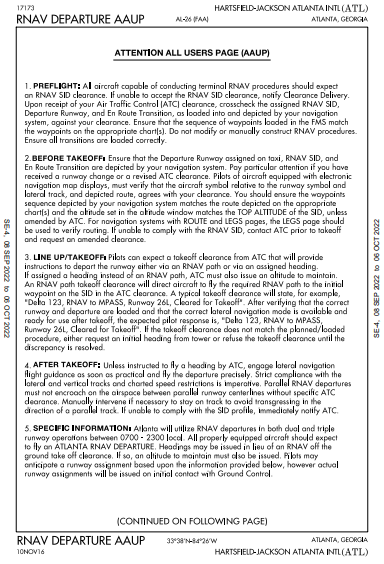
If you are instructed to contact the next controller, you should call them with your location. If you are instructed to monitor the next controller, tune your radio to the proper frequency and wait for ATC to call you. HNL has airport surface detection equipment (ASDE-X), so controllers can monitor the precise location of all aircraft on the ground at all times.
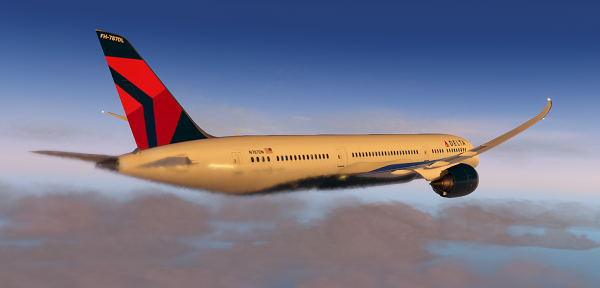
Takeoff & Climbout
As part of your takeoff clearance, the controller will state your initial departure heading. These items must be read back to the controller issuing your takeoff clearance. This step ensures that you will remain clear of traffic departing on parallel runways between takeoff and your initial contact with radar control.
Example: Delta 1234, Honolulu Tower, fly heading 155, runway 08R clear for takeoff.
Precisely follow the instructions given by tower to ensure that you remain clear of traffic departing on parallel runways. If you do not understand the instruction, just ask! Wait to switch to departure frequency until instructed to do so.
Turbojets should accelerate to 250 knots without delay.
Ensure that you do not exceed the initial altitude given in your clearance (10,000 feet). Contact departure control on the published frequency when instructed to "contact departure" unless provided another frequency. HCF Departure (a.k.a. Approach) will monitor your climb-out and provide you with a hand-off to HCF Center.
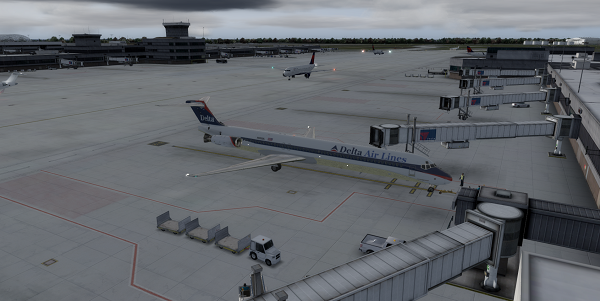
Arrival
Welcome to Honolulu – we’re glad that you decided to make us your destination today. Ensure that you monitor the ATIS when you are inbound (no later than 60 miles from the airport). HCF Approach is responsible for assigning your arrival runway – Center will not be able to do this unless Center is also controlling the Approach position.
To check-in with HCF Approach, provide your callsign, current altitude and the altitude that you are descending to, your location on the arrival, your current indicated airspeed, and the current arrival ATIS code. For example: HCF Approach DAL69 FL180, descending 10,000 at JULLE speed 250 with Yankee
On initial contact with HCF Approach, you will be assigned an arrival runway and an approach type. If you have a special request for a different runway or approach, you should state that request at this time. Aircraft parking at the GA ramp (Signature) and South Cargo should expect runway 4R. All other aircraft will be assigned runways based on traffic flow.
After you are established on an arrival and approach has issued a landing runway, check your FMS to ensure that you have the entire arrival and approach programmed correctly. RNAV arrivals and approaches should be continuous with no discontinuity.
For planning purposes and to manage traffic flow, you should expect to fly 210 knots on downwind and once cleared for the approach no less than 180 knots until the final approach fix. ATC will provide specific instructions if other speeds are necessary.
On landing roll-out, taxi clear of the runway in the direction of your preferred parking location. Remain on the tower frequency until instructed to monitor or contact ground. If given a crossing instruction, listen to the taxi instructions for the other side of the runway you will cross. Parking gate assignment is at the discretion of the pilot – not ATC. When given instructions to taxi to parking, you may select any open gate.
- Terminal 1:
- Hawaiian Airlines
- Terminal 2:
- All other airlines
- Terminal 3:
- Mokulele Airlines